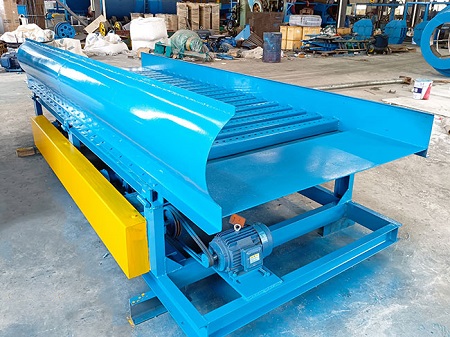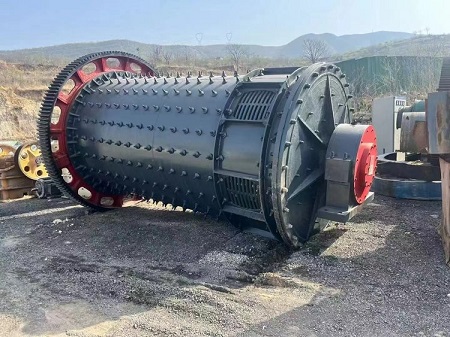

Mined placer gold ore is first fed into a trommel screen. Through the rotation of the drum and the scouring action of water, fine gold particles trapped in clay are liberated, while large gravel is screened out.
Jigs, with their large processing capacity, can quickly separate bulk concentrate, significantly improving overall beneficiation efficiency.
The Vibrating Sluice Box and centrifugal concentrator are typically used as scavenging equipment to recover fine-grained gold from the placer ore.

The enriched bulk concentrate is further upgraded by shaking table. Utilizing horizontal water flow and mechanical vibration, the shaking table separates gold particles from gangue, ultimately producing high-grade gold concentrate.
Run-of-Mine (ROM) ore undergoes two-stage crushing via a jaw crusher and a cone crusher to reduce it to a suitable particle size.
Subsequently, ball mill is used for wet grinding. This process often forms a closed-circuit cycle with a spiral classifier to ensure sufficient liberation of gold minerals.

The gravity concentration process for hard rock gold is similar to that for placer gold. It is important to note that for some finely disseminated ores, flotation is used as a supplementary method to enhance the overall recovery rate.
Inside the flotation machine, gold particles are adsorbed by air bubbles and rise to the froth layer. They are eventually recovered by scrapers to obtain gold concentrate.